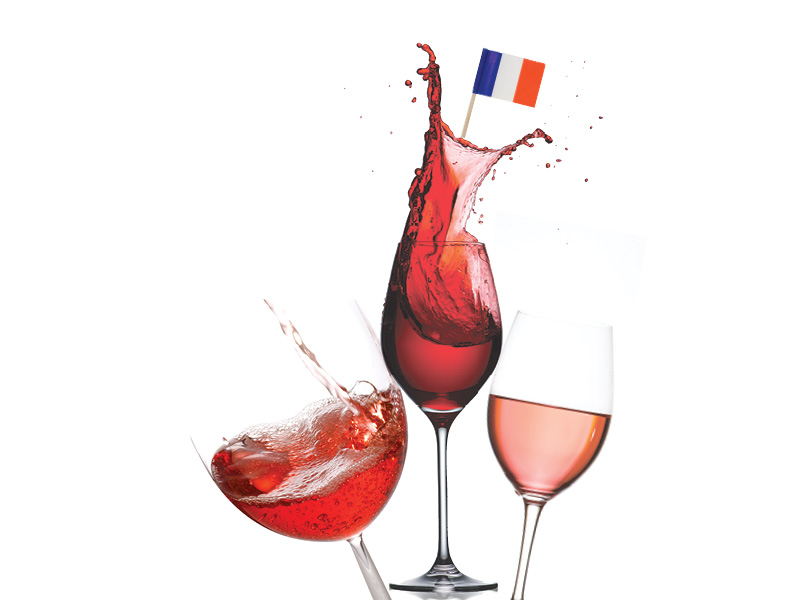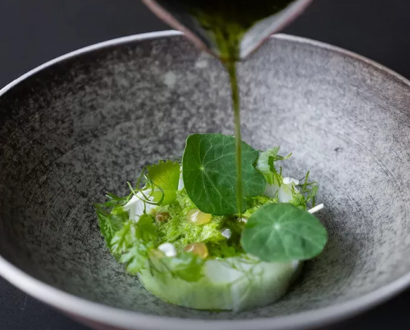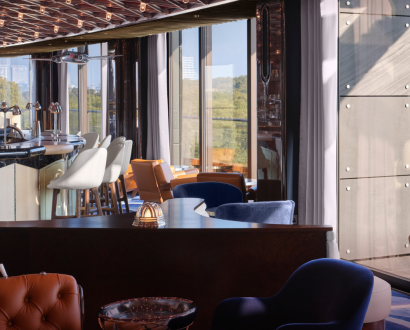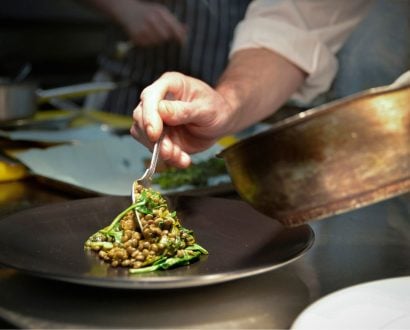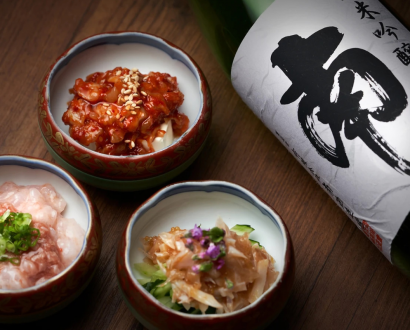In case you haven’t noticed, the wine world is currently shrouded in a delicate, soft-pink mist. Rosé, for so long thought of as an easy-drinking wine with little substance, has undergone a serious image overhaul and is now a fixture on wine lists from Manhattan to Melbourne. Leading the way are the salmon-hued rosés from Provence.
There’s something about the sun and the soil in this corner of France, the world’s premier rosé region. It’s an intoxicating combination that results in a crisp, dry drop of pink wine. A bottle of Provence rosé may never receive 100 Parker points or attract the lofty prices of the immortal names in Bordeaux and Burgundy, but if you’ve had the luck of whiling away a summer afternoon along this slice of the Mediterranean coast, I think you’ll agree that for that moment in time your glass of rosé was nothing but priceless.
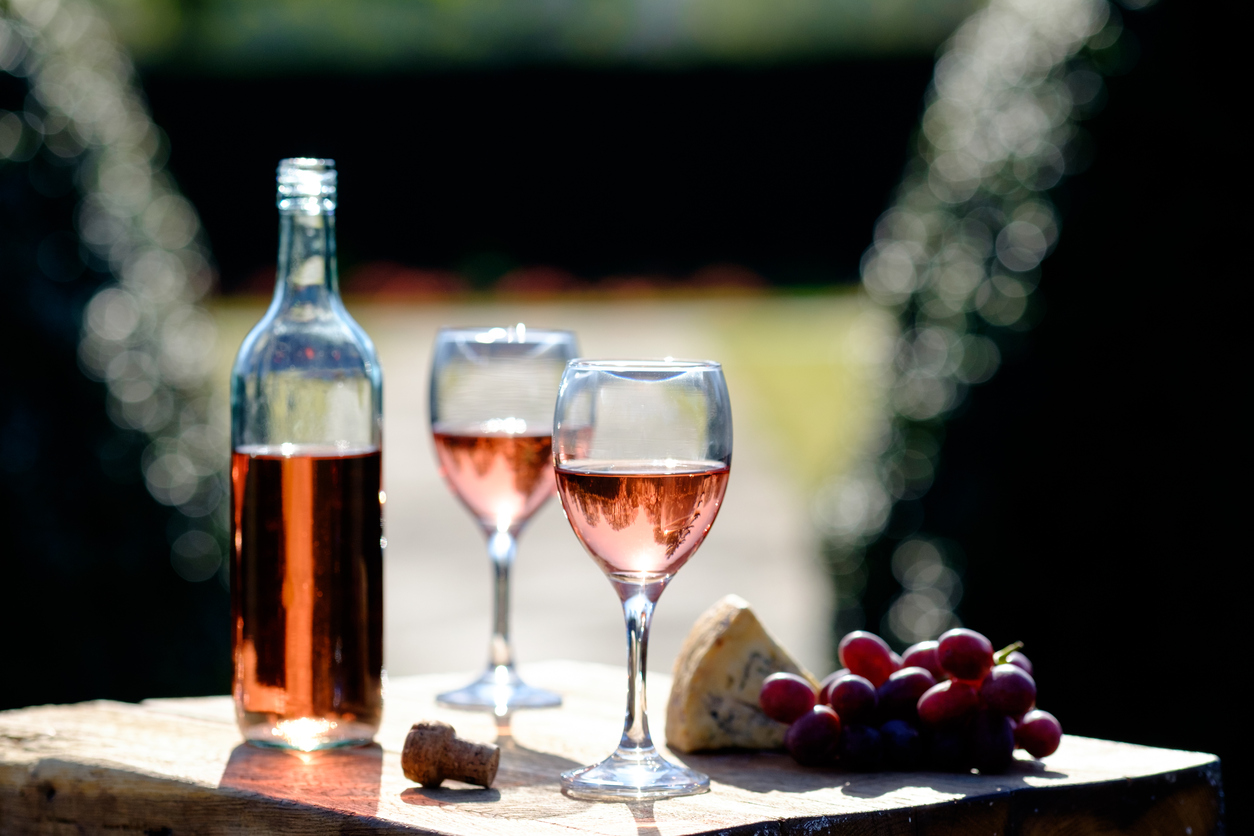
Rosé, for so long thought of as an easy-drinking wine with little substance, has undergone a serious image overhaul.
The statistics say it all. Rosé accounts for an overwhelming 88.5% of the total wine production across the Côtes de Provence appellations. Those willing to seek out the deep-red wines of France’s south-east, however, are in for some wonderful discoveries. “Red wines may make up less than 10% of the production,” says Elizabeth Gabay, an English Master of Wine who lives in the region.
“But while the rest of the world has been focused on Provence rosé, many of the producers have been concentrating on improving their red and white wines.” Elizabeth thinks that although we’re a long way off seeing Provence red replace rosé on our supermarket shelves, “as Provence rosés become more complex, the logical progression is for drinkers to move on to its reds, which have definitely become more exciting over the past few years.”
Bandol
Red wine in Provence is nothing new. The pretty fishing port of Bandol, tucked in between Marseille and Toulon, is widely acknowledged as the best spot in the world to plant Mourvèdre. Known in Spain as Monastrell and in the USA and Australia as Mataro, this fussy red grape thrives in the Bandol terroir (that hard-to-translate French word, two syllables that manage to capture the importance of a site’s particular soil, climate and location and everything in between).
The limestone and silicone soils that retain water through a hot summer, the mild winters, the proximity to the sea, and the local winds all favour this grape, which ripens late and produces a deep-red wine with powerful tannins that only improves with extended cellar time. Legend has it even Louis XV was partial to a drop.
And beyond
“There are some interesting wines being made from local varieties,” says Elizabeth, who names Tibouren as an example. Although most commonly blended in rosé, Clos Cibonne is making an “unusual single varietal red wine,” she says. In the hills behind Nice, Folle Noire and Braquet are two indigenous red grape varieties well worth seeking out. “Folle Noire is known for concentrated forest fruits and mineral structure, while Braquet has a distinct floral character,” Elizabeth explains.
As Provence rosés become more complex, the logical progression is for drinkers to move on to its reds, which have definitely become more exciting over the past few years.
International grapes such as Syrah (Shiraz), Cabernet Sauvignon and Grenache have also been extensively planted in the region, along with Cinsault and Carignan. “It’s the blends and the terroir that make Provence reds distinct,” she says, before continuing that “many producers are experimenting with larger oak barrels and even amphora, and we’re seeing some high-quality, restrained wines as a result. Grenache, a key ingredient in most reds, gives a delicious spice and lift to the richer, dark varieties in the blend.”
Elizabeth says 2016 is shaping up as the vintage of the century for Provence reds, although we’re still a couple of years off its release. “The main problem is that very few of Provence’s red wines are available outside of the region,” she adds. In the United Kingdom, merchants such as Red Squirrel Wines and Yapp Brothers are recognised for their Provence portfolio. “As property prices in the area rise, this is reflected in the price of Provence wine,” Elizabeth continues, although she still believes there are many red wines which offer a great value-to-quality ratio — “Especially considering the potential of Provence reds to age.”
3 wines to start your Provence red adventure
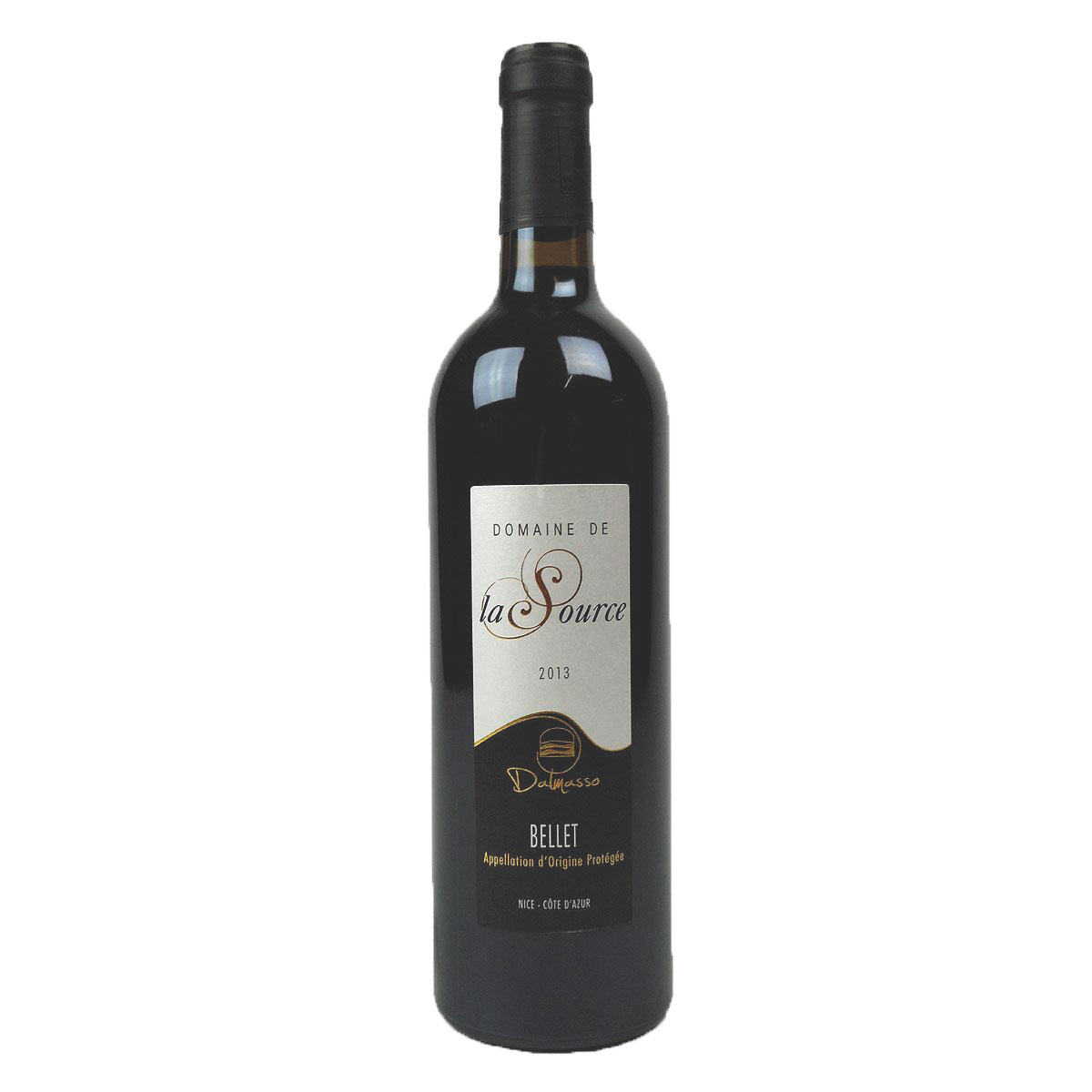
Domaine de la Source, Bellet 2013
In the hills behind Nice, brother and sister duo Eric and Corinne Dalmasso blend Folle Noire, Braquet and Grenache to produce a distinct red wine, full of dark cherry and spice character.

Château d’Esclans Déese, Côtes de Provence 2012
Sacha Lichine may have purchased this estate in La Motte with the intention of making the best rosés in the world, but this smooth, rich red hits the mark as well.
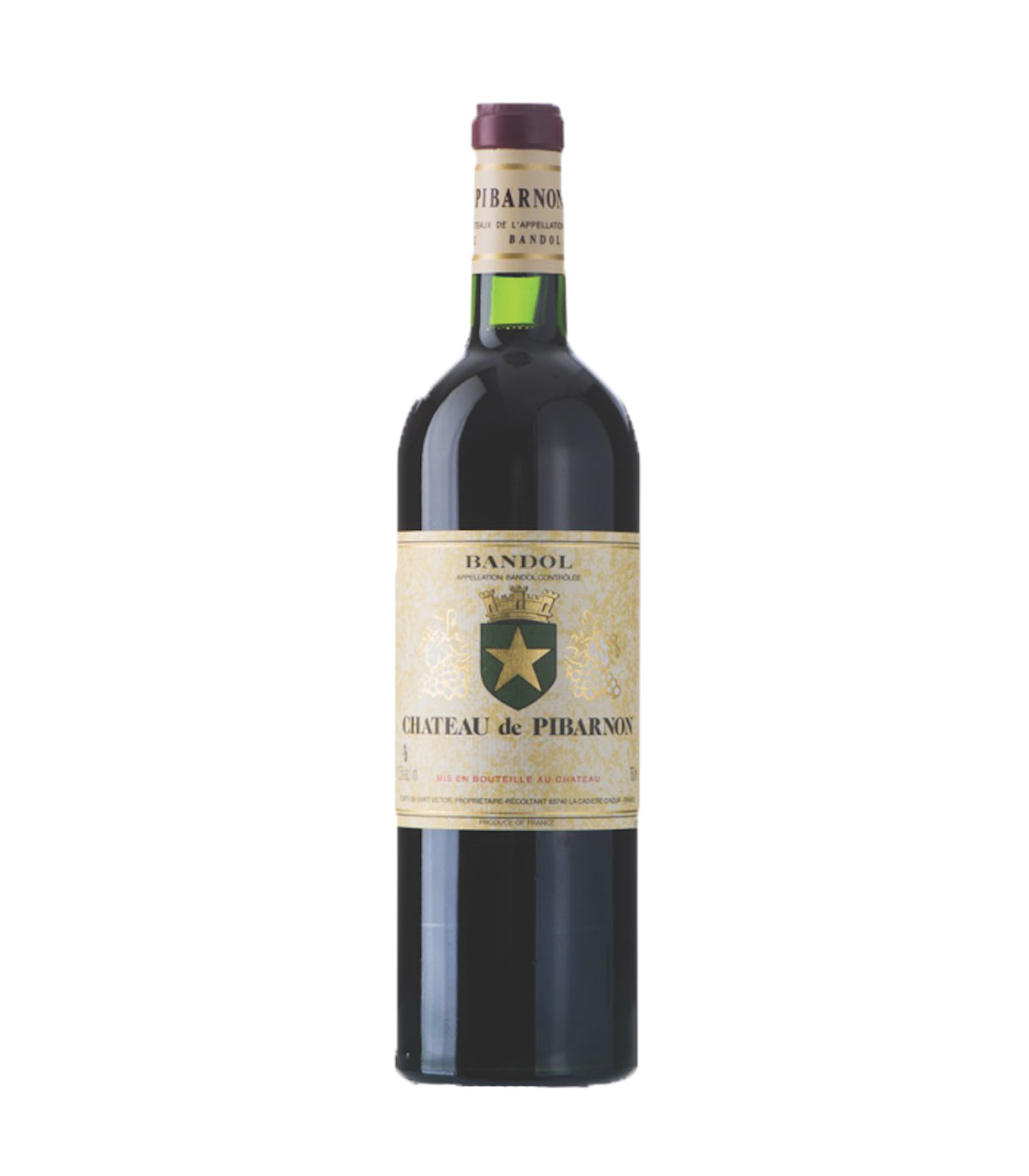
Château de Pibarnon, Bandol 2012
The name of reference in the appellation, this famed estate reflects the true essence of Bandol: overflowing with liquorice and spice and combining an intense vibrancy with a delicate finesse.

